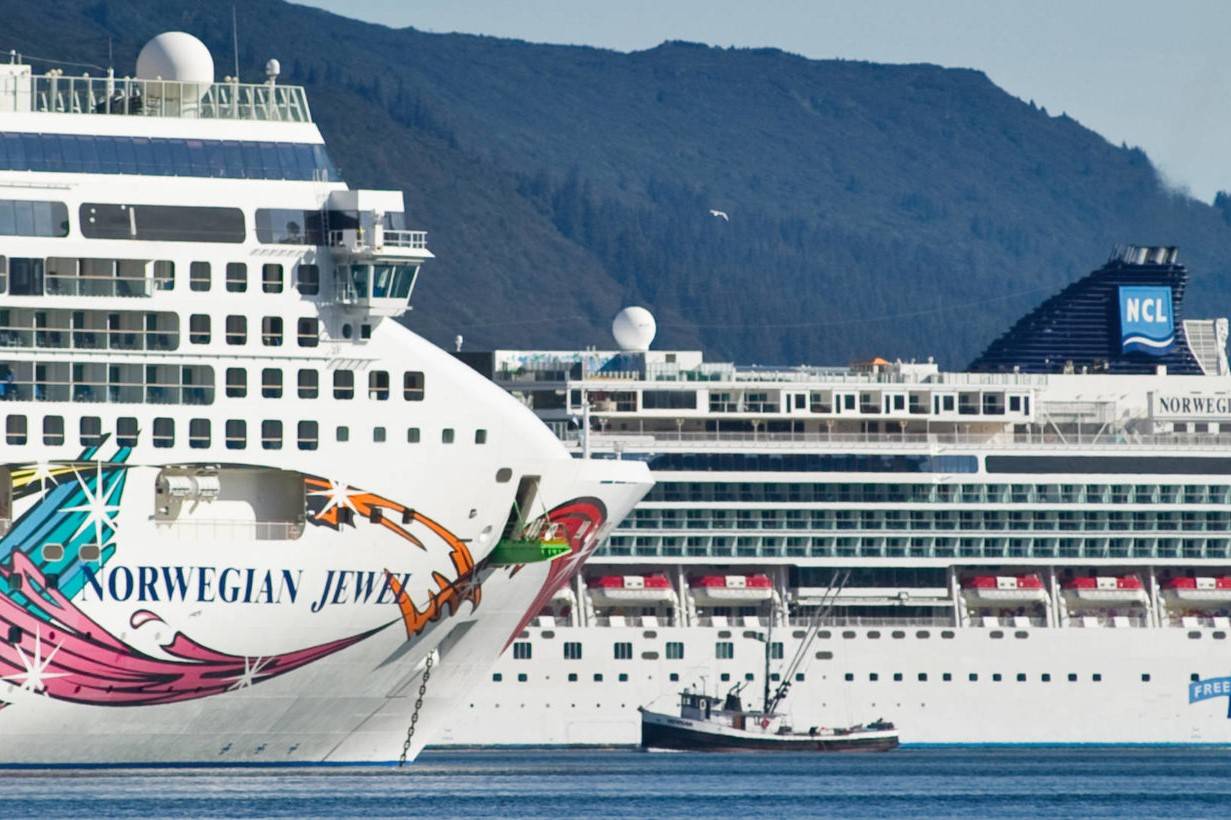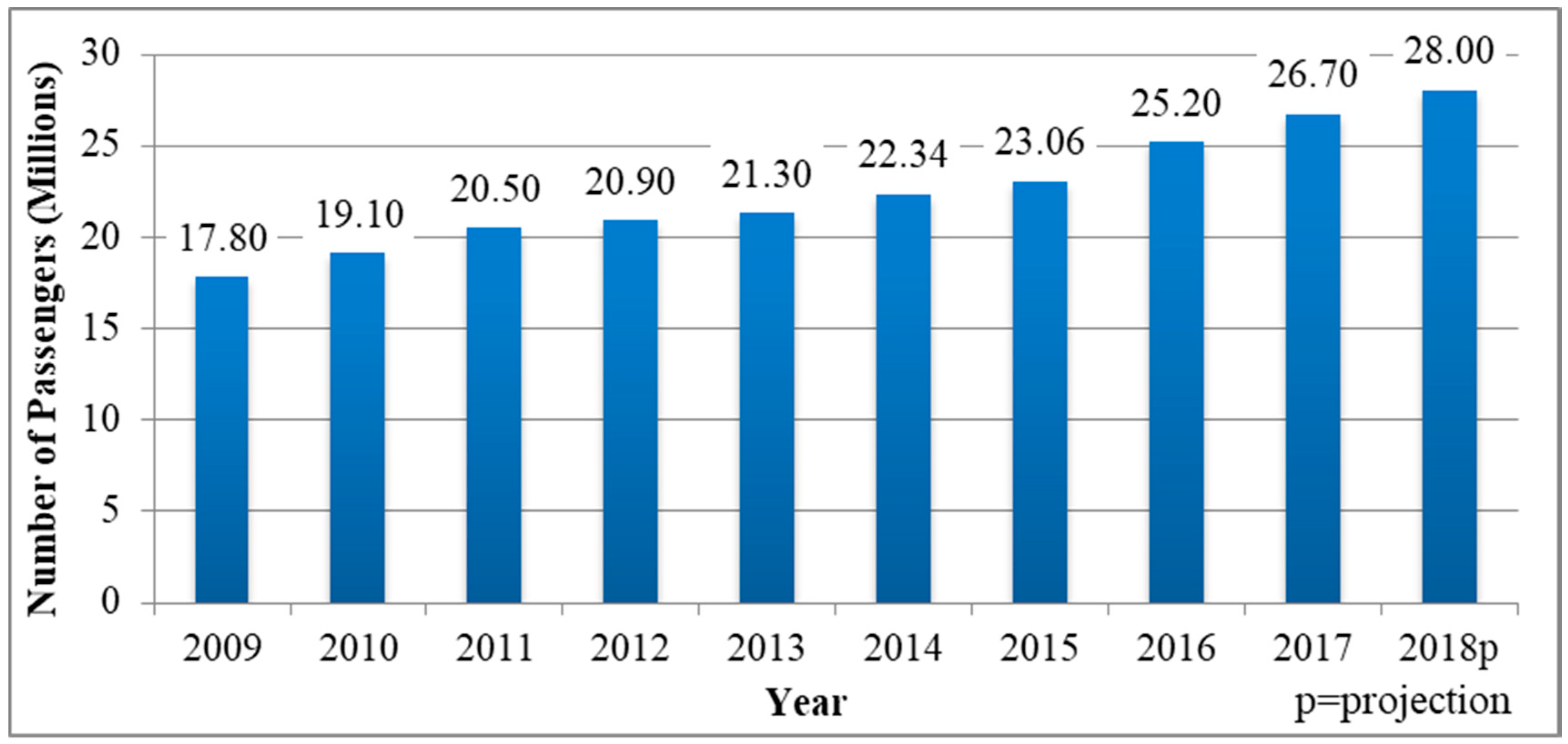Alaska Cruise Ship Passenger Statistics

In summer 2011 a total of 2130 cruise passengers were surveyed on cruise ship docks and in airports prior to exiting the state.
Alaska cruise ship passenger statistics. In 2020 ten new ships and 29 additional port calls are expected to be added while seven ships will be phased out of the region. A passenger on Sunday reported cold-like symptoms to the ships medical personnel and subsequently tested positive for Covid-19 the cruise line said in a statement Tuesday. 8 That report estimates that over 160000 cruise passengers would have visited that region in 2020.
20 of passengers come from Asia Pacific. 200 deaths out of 30000000 yearly passengers equate to 1 in 150000 guests. Moreover getting a large crew is expensive thats why the ranking is dominated by luxury cruise ships.
Cruise tourism contributed 316 billion of direct expenditures in the participating 35 destinations for the 2014-2015 cruise year. 227 cruise ship arrivals are. 457 cruise ship arrivals are expected in Ketchikan.
But there could be impediments to seeing that happen including if the COVID-19 pandemic keeps cruise ships from sailing at full capacity. 9 of passengers come from North America. Cruise-related expenditures generated 75050 jobs which paid 9765 million in wage income to residents.
The number of cruise ship passengers that visit Alaska has increased by almost three and a half times since 1990. Once you have scrolled down to. Alaska ports experienced larger ships including the inaugural season of the Norwegian Bliss the first large ship specially built for Alaska.
By 2003 the number of cruise ship passengers in Southeast Alaska increased to roughly 8000005 with tens of thousands of crew Figure 1. And the industry said cruise visitors would spend nearly 800 million in the state making the cancellations a. CDC has confirmed that the ships listed in the table below except for Gray-designated ships are operating under health and safety protocols that align with CDCs standards for protecting passengers crew port personnel and communities by mitigating the public health risks posed by COVID-19.



















